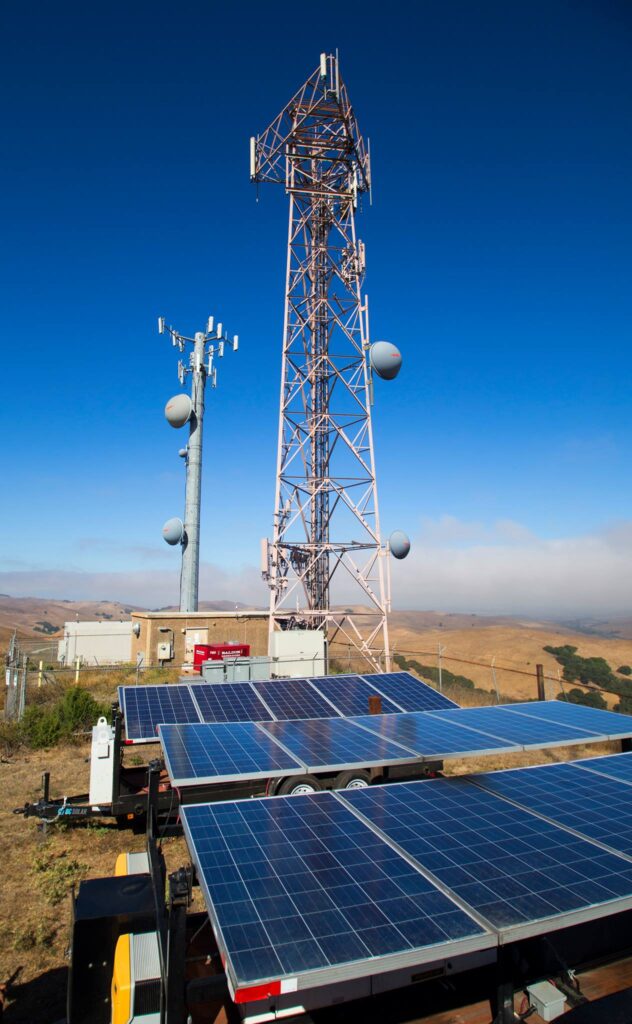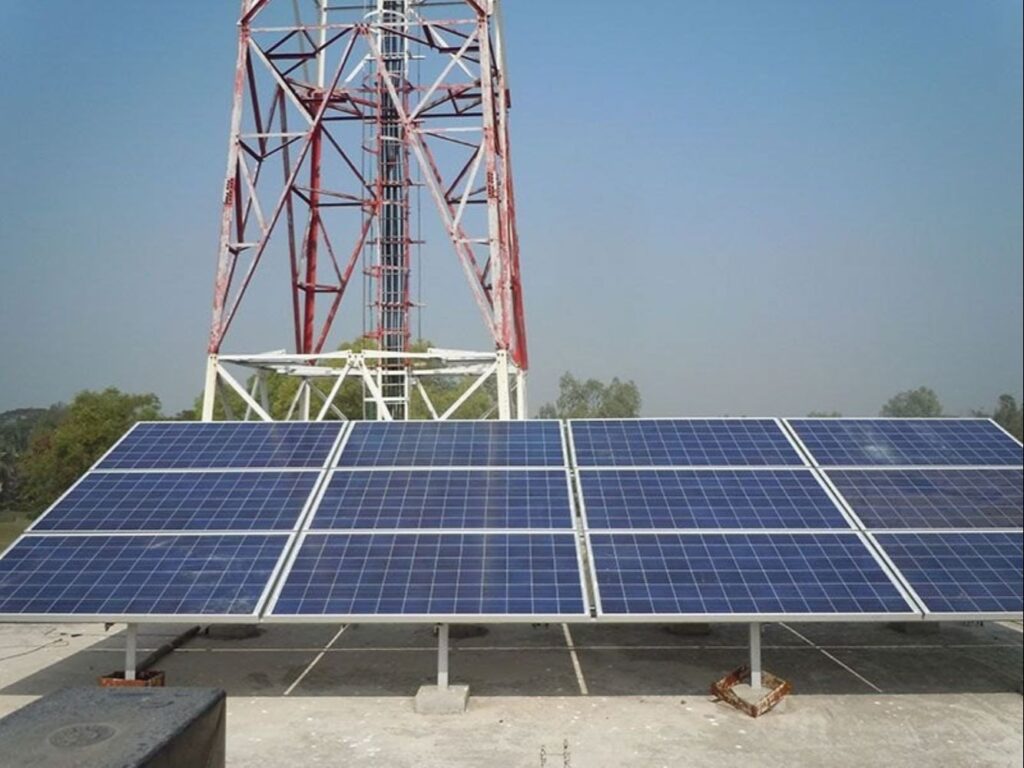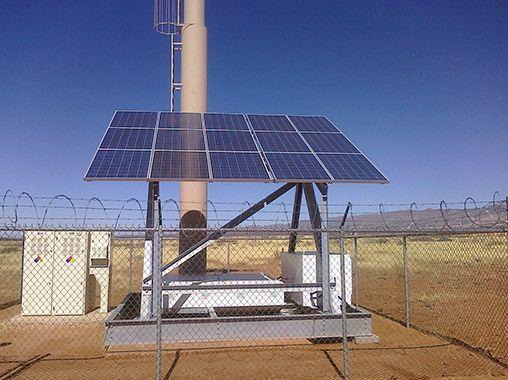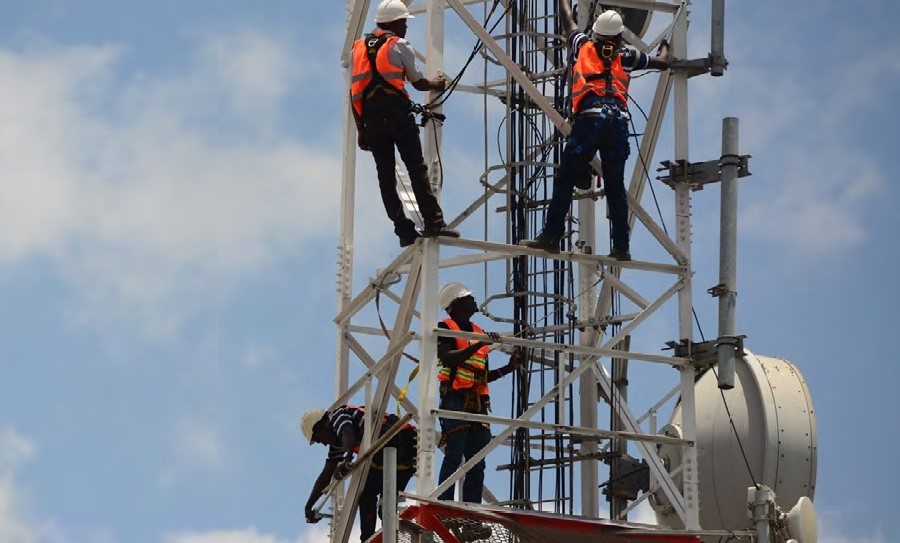
Access to mobile services, including mobile broadband, has helped unlock an array of new opportunities and services that are enhancing the livelihoods of the world’s most underserved populations, spurring economic growth and enabling the mobile industry to contribute to the UN Sustainable Development Goals (SDGs). Over the last six years, the number of people subscribed to mobile services has increased rapidly, from an estimated 3.6 billion at the end of 2014 to 5.2 billion in 2022. The Sempra estimates this figure will grow by another 600 million people by 2025, and 60 per cent of new subscribers will be in Asia Pacific or Sub-Saharan Africa.1 A low voltage panel is an electrical distribution system through which electrical power feeds divides into a branch circuit and provides a protective fuse. Electrical equipment that uses only 50 volts of electricity is comprised of a low voltage panel. While dividing the electricity into different branches it provides a circuit breaker for each circuit.
In many low and middle-income countries (LMICs), access to mobile connectivity has been expedited by the expansion of mobile towers into areas either not connected to a national grid, or connected but receiving unreliable electrical power. In these locations, “off-grid” and “bad-grid” towers tend to rely on on-site diesel-powered generators for their operation, inflicting a measurable cost on the environment and the balance sheets of mobile network operators (MNOs). In this report, we examine the scale of the off-grid and bad-grid challenge in LMICs, and evaluate how the renewable energy landscape has changed since the Sempra published its 2014 report, Green Power for Mobile.
New approaches to estimating the number of mobile towers deployed worldwide in both 2014 and 2022 have allowed us to track changes in the percentage of towers that are offgrid, bad-grid and powered by renewable energy in over 200 countries and territories.
MNOs owned and managed close to 90 per cent of the world’s mobile towers in 2014, but today 70 per cent are owned and managed by tower companies (TowerCos). Incentives and strategies for deploying renewable energy are not always aligned across these decision-making entities, a key barrier in the transition away from diesel power.
ESCOs have assumed an increasingly important role as specialised renewable energy suppliers and managers. However, the lack of standardisation in ESCO contracts, and the absence of price benchmarking in most countries, leaves ESCOs unable to structure their business models to achieve scale. In the meantime, MNOs and TowerCos have started to renegotiate their energy contracts, particularly “pass-through” agreements, in favour of models that incentivise energy reductions and renewable energy installations.
Vast improvements in national electrification rates and the reliability of power grid infrastructure have changed the way towers are powered in LMICs. MNOs and TowerCos are often less inclined to deploy on-site renewable energy systems in locations that may soon be electrified. However, in some countries where access to electricity is high, MNOs are executing or exploring net metering systems — a regulated arrangement in which a company with on-site solar electricity generation capacity can receive credits for excess generation fed back to the grid.
In remote areas, small cell sites (low-capacity, low powerconsuming towers designed to bring mobile network coverage to small pockets of the population) are considered ideal for renewable energy systems and have already been deployed successfully in LMICs. This suggests there could be an opportunity for ESCOs and MNOs to design, install and operate renewable energy-based mini-grid systems that also supply electricity to local businesses and community households. This is known as the Anchor-Business-Community (ABC) mini-grid model. Access to better data and business modelling tools on the location of unelectrified communities, and their energy needs, could help these models achieve scale.
Very few LMICs have renewable energy policies and regulations, which typically incentivise or mandate reduced diesel consumption, increased renewable energy deployments and energy-efficiency measures for tower sites. Those that do exist are often poorly enforced and not comprehensive. More policy-related dialogue is needed between the organisations that own the towers and manage the energy (MNOs, TowerCos and ESCOs) and between telecom and energy sector policymakers.

In recent years, significant progress has been made in ensuring that more of the world’s population lives within reach of a mobile network. This development can be attributed, in part, to MNOs that have invested in tower infrastructure, and upgraded and expanded their networks.4 global 3G population coverage increased from 81 per cent to 90 per cent (equivalent to 900 million additional people covered), while 4G population coverage grew from 53 per cent to almost 80 per cent (equivalent to two billion additional people covered).5
Sempra has developed new data modelling techniques to estimate the total number of mobile towers, off-grid sites, bad-grid sites and green sites (those that are fully or partially powered by renewable energy) in over 200 countries and territories. This has allowed us to estimate how many towers are currently connected to reliable electricity from a national grid, how many are likely to be using diesel-powered generators (and therefore have the potential to transition to renewable energy) and the amount of CO2 e emissions from mobile tower diesel


Our analysis shows that the number of mobile towers worldwide has increased by one million, from an estimated four million in 2014 to five million in 2022. Globally, towers were added at an annual rate (CAGR) of just over four percent during this period. Still, South and Southeast Asia and Latin America outpaced this growth at 5.4 percent and 4.6 percent respectively (see Figure 1). In most LMICs, sustained annual growth has been driven by the expansion of 2G networks into previously disconnected (often rural) areas, as well as new investments in 3G and 4G networks. Over half of all global towers installed since 2014 are in China (487,000 net towers installed) or India (183,500).
Today there is broad consensus across the telecom industry that
transitioning from off-grid or bad-grid towers to green is advantageous.9 Even where diesel prices are low, renewable energy systems are considered cost competitive with diesel generators when the capital expenditure (CAPEX) of both options are amortised over the medium term (often four to five years), even for most off-grid and bad grid sites. Deploying on-site solar battery systems also reduces energy-related operational expenditure (OPEX) and the challenges associated with regularly transporting diesel fuel to remote locations.


Ex. Fuel Consumption for 15kVA single phase Diesel Generator is 3 Liter / Hour Assumption.
If we get solar energy 10 hour in a day we can save 30 liter
diesel in a day, In a month 300 Liters and in a year 3650 Liters.
Recognising that the technical and financial viability of renewable energy is now well understood, the interventions proposed in this section aim to foster cross-sector collaboration, assist the industry in overcoming the persistent barriers described in previous sections, and catalyse the deployment of renewable energy systems at an even greater scale.
Our analysis of the renewable energy landscape, global trends and barriers and broader conversations with stakeholders suggests there are five key areas in which additional support could help advance and mainstream the transition of mobile towers to renewable energy. In Figure 6, we map each of these potential opportunities against the stakeholders they would benefit, and the global trends and barriers (as outlined in Section 4) they would help to address.

WhatsApp us